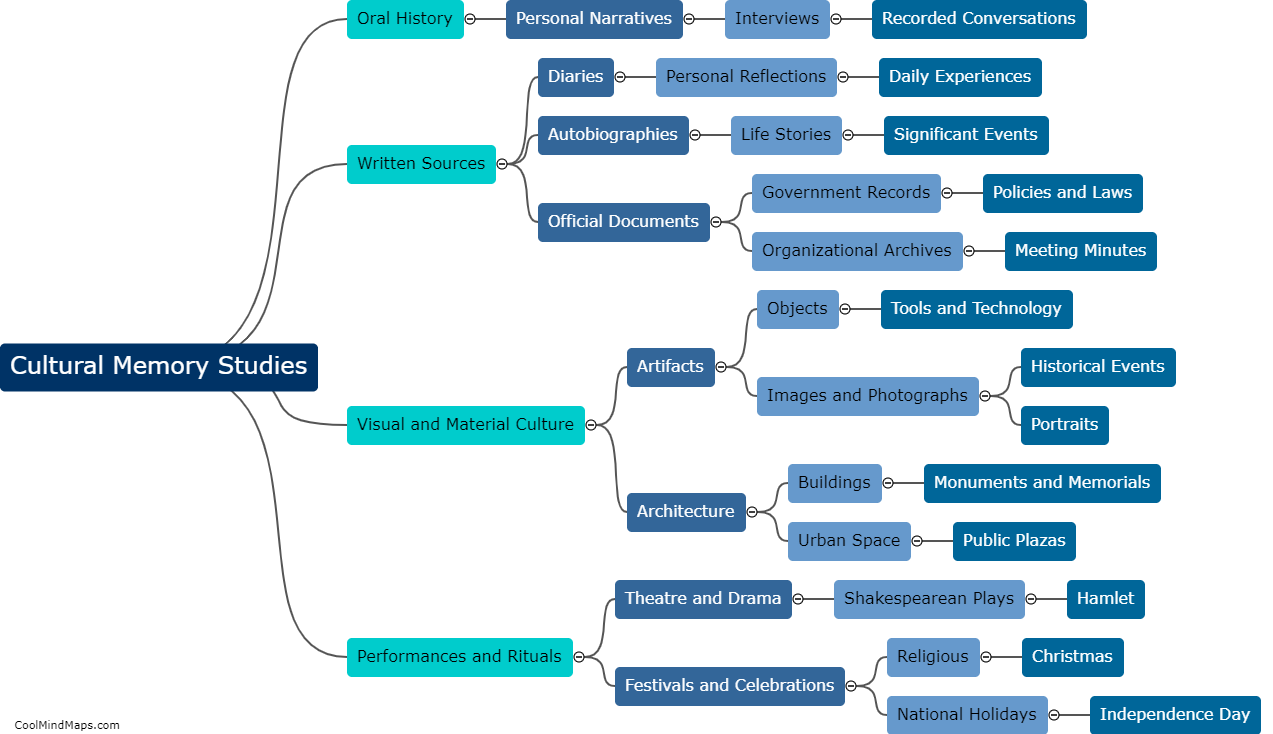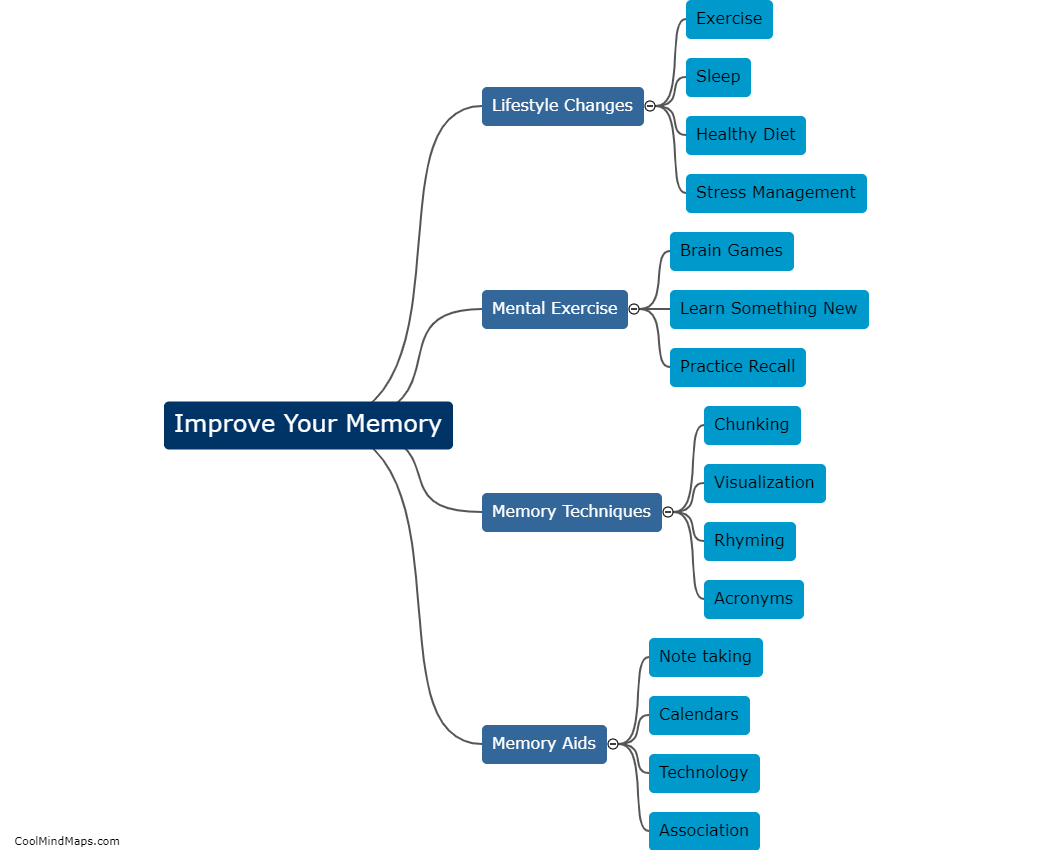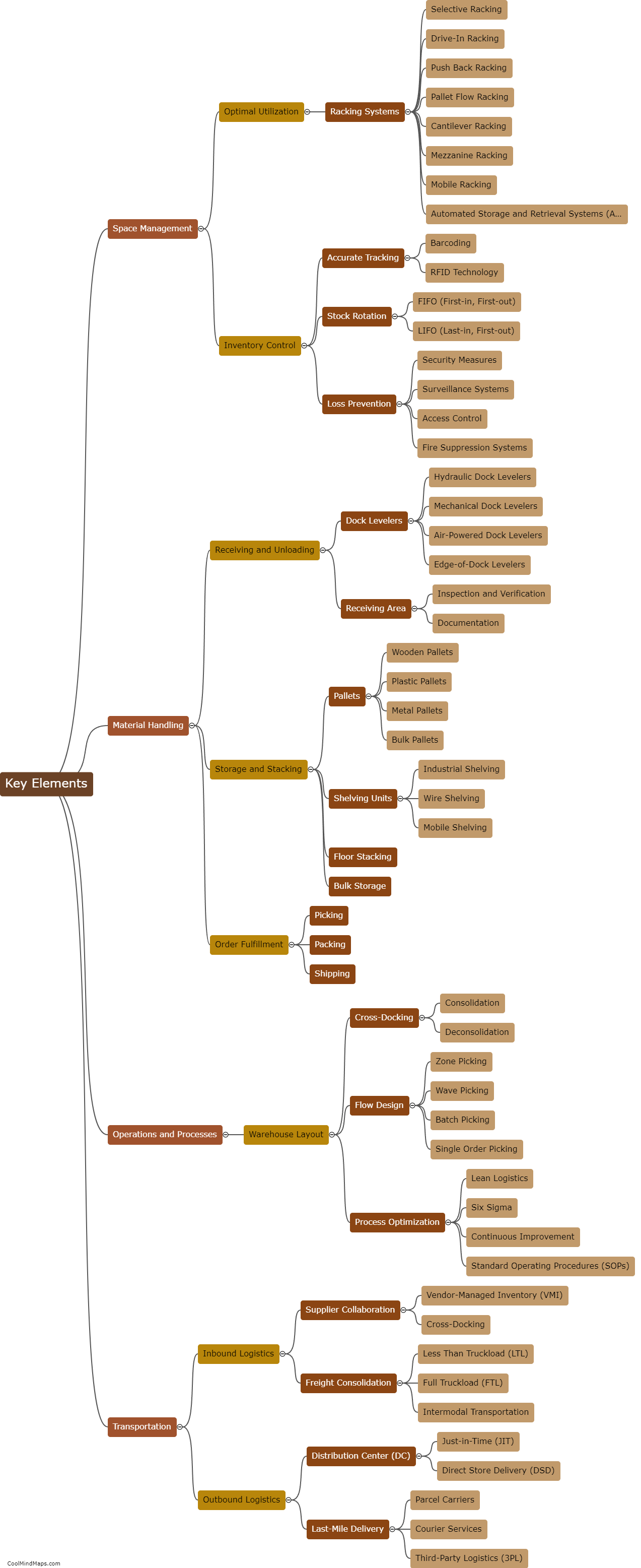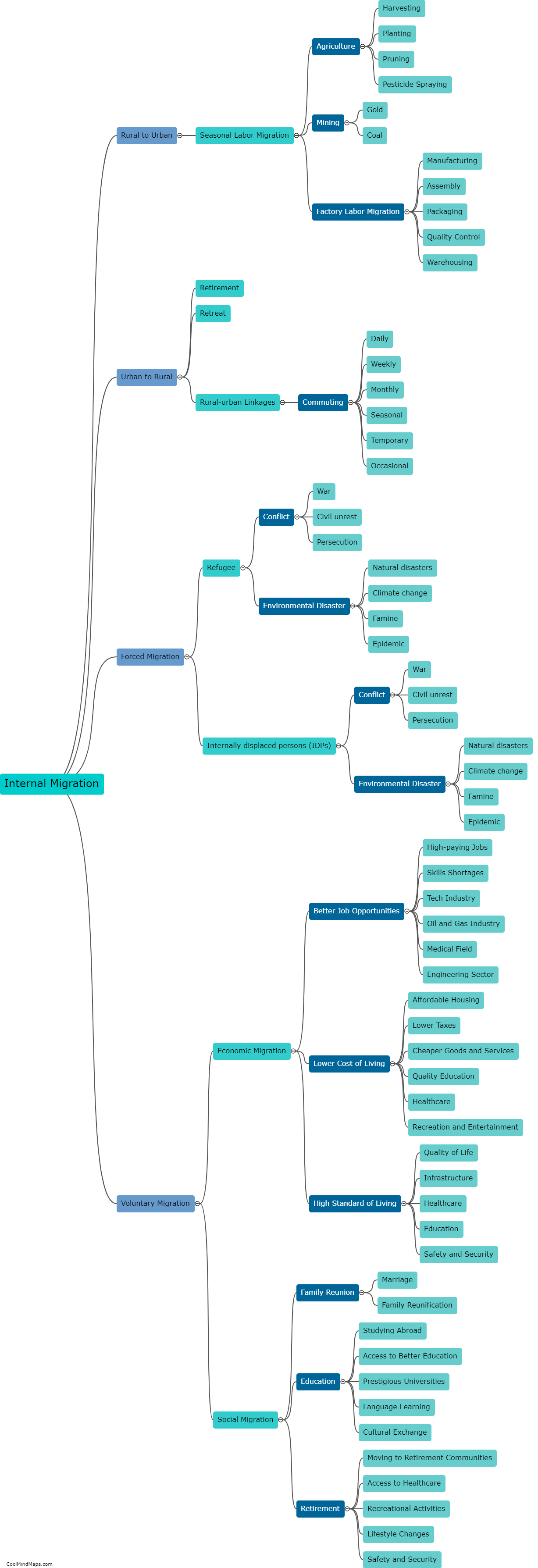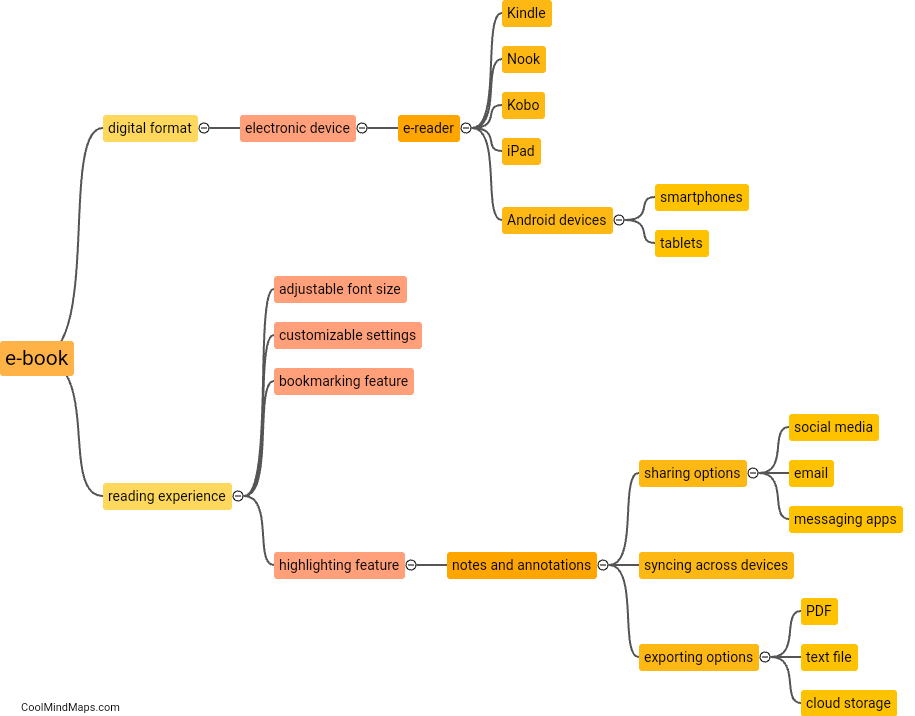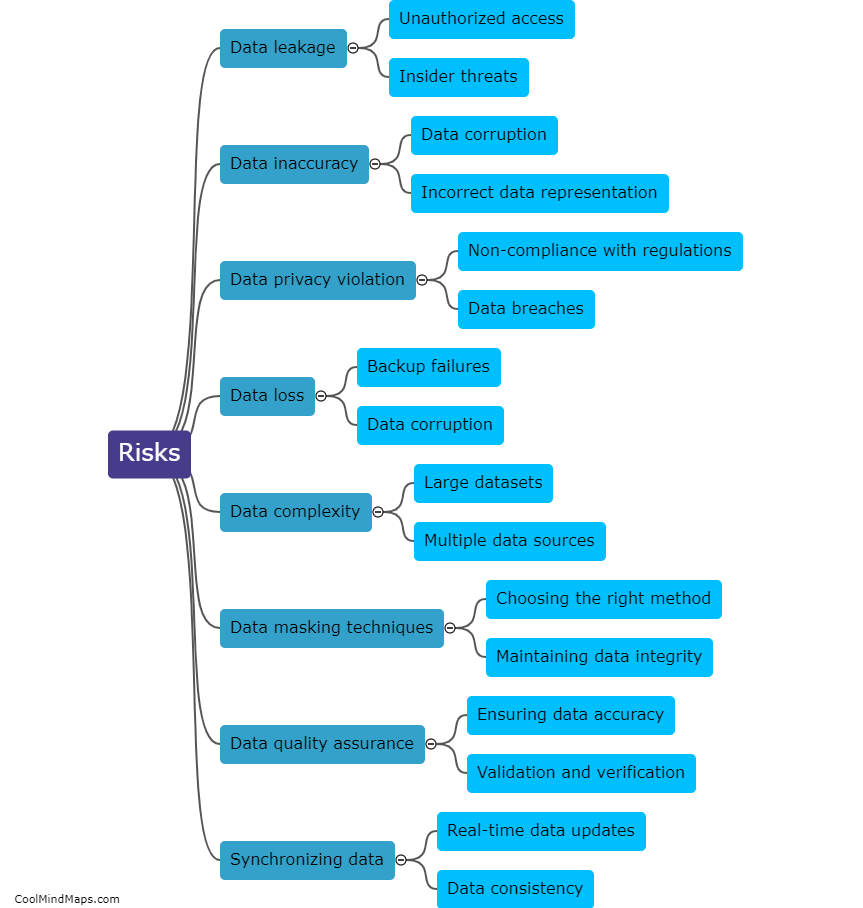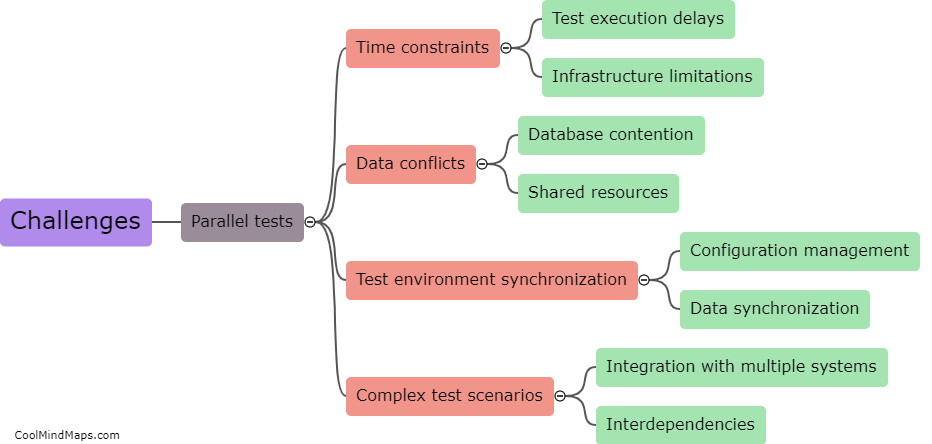What are the benefits of data synthesis in testing?
Data synthesis in testing refers to the process of combining and analyzing multiple sources of data to gain insights and make more informed decisions. The benefits of data synthesis in testing are numerous. Firstly, it allows testers to detect patterns and trends that may not be apparent when looking at individual data points, helping them uncover underlying issues or potential risks. Secondly, data synthesis enables testers to identify commonalities and outliers, helping them prioritize their efforts and focus on areas that require immediate attention. Additionally, it allows testers to validate their findings by cross-referencing data from various sources, increasing the accuracy and reliability of their conclusions. Finally, data synthesis promotes collaboration and knowledge sharing among testing teams, as it encourages the exchange of insights and experiences based on shared data. Overall, data synthesis in testing enhances the effectiveness and efficiency of testing processes, leading to improved software quality and customer satisfaction.
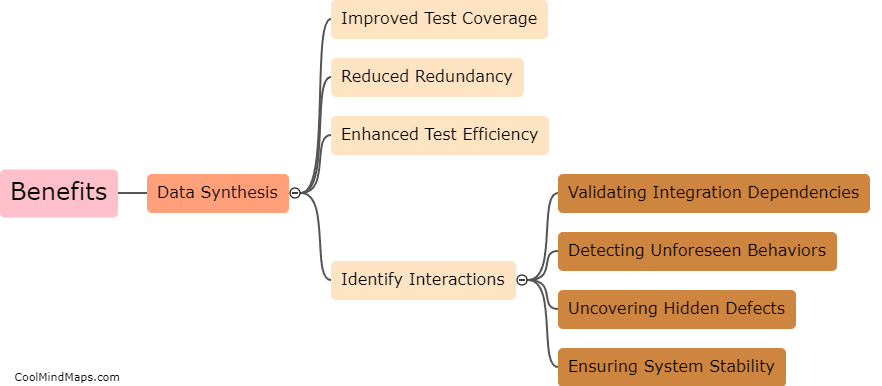
This mind map was published on 31 July 2023 and has been viewed 139 times.

